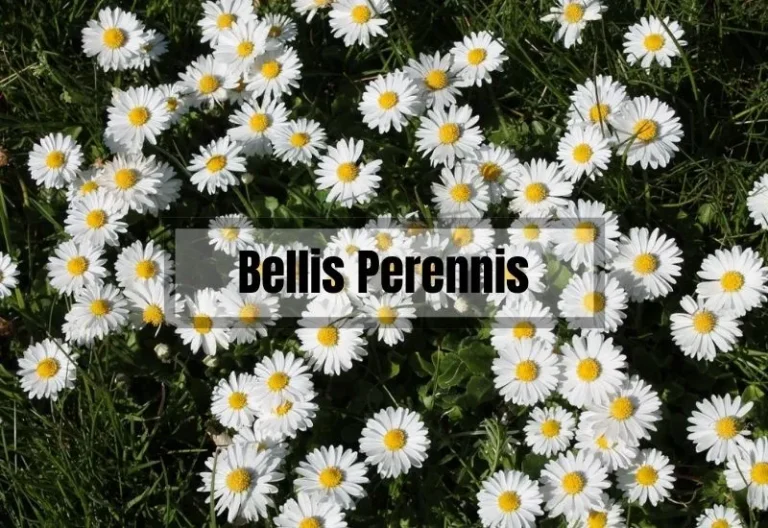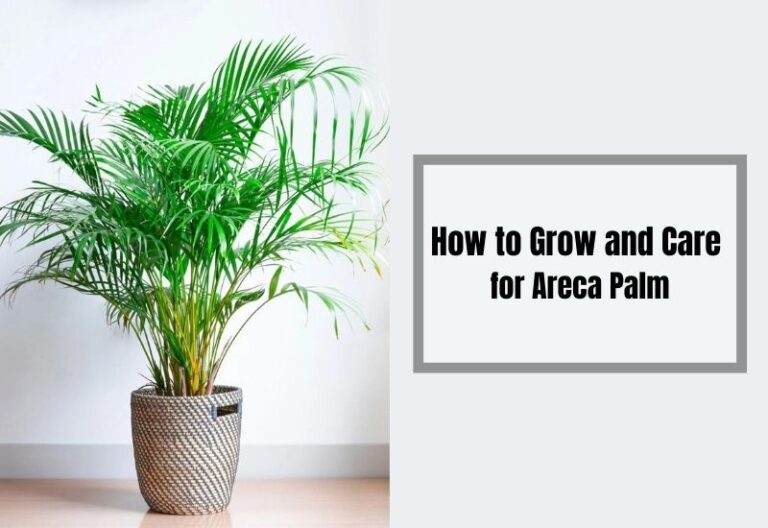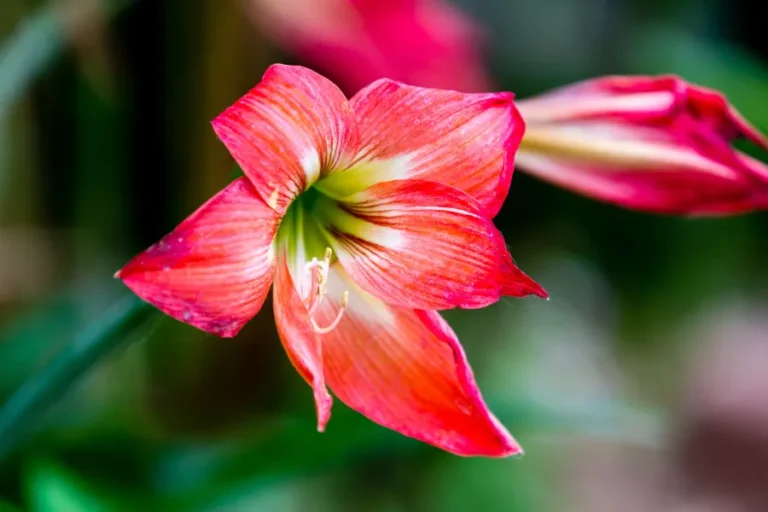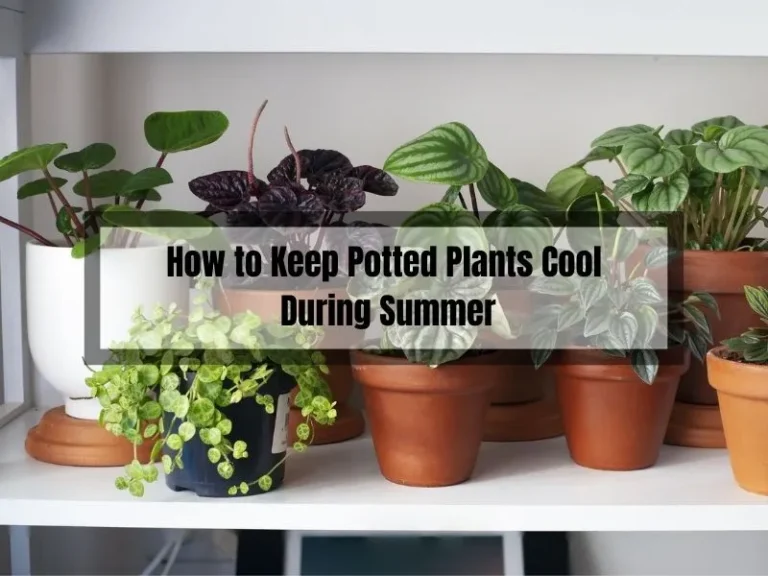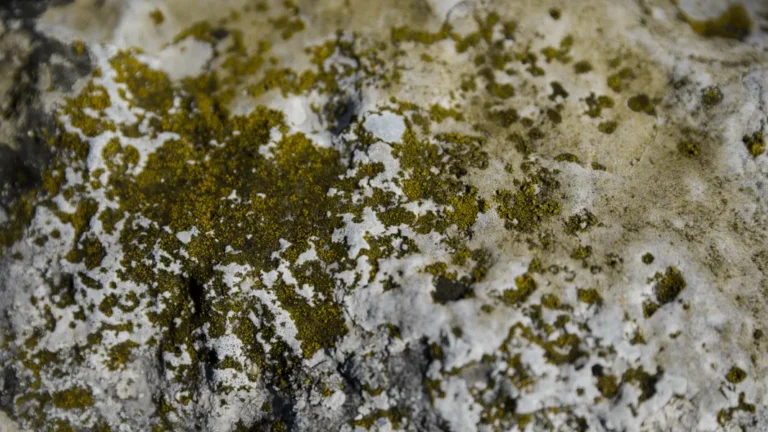How to Remove Pollen from Lilies: A Step-by-Step Guide
Tired of pesky pollen stains on your clothes and furniture? Learn how to safely remove pollen from lilies without damaging delicate petals in this article.
Lilies are beautiful flowers commonly used in bouquets and arrangements. However, their pollen can easily stain.
We’ll provide tips on pollen removal without harming the flower. Whether you’re a florist or a lily lover, this article is a valuable resource.
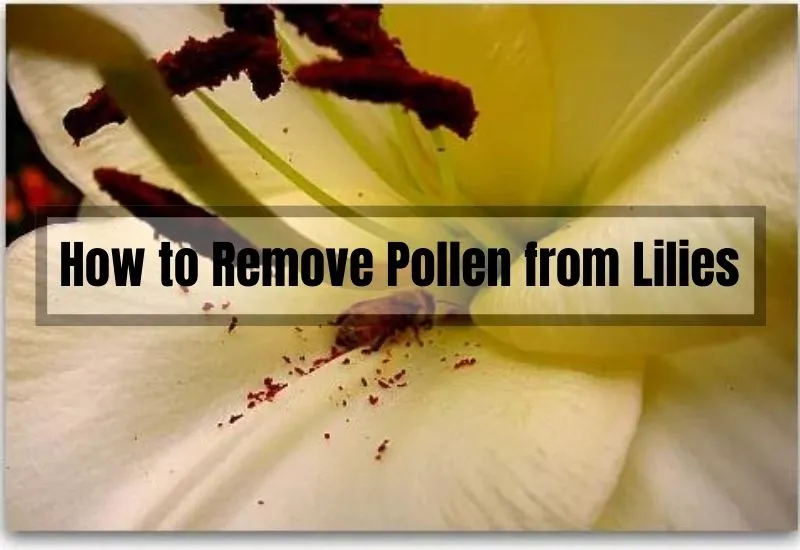
How to Remove Pollen from Lilies
Lilies are beautiful flowers that can add a touch of elegance to any room. However, they can also be quite messy, especially when it comes to their pollen.
Lily pollen can stain clothes, furniture, and even your skin. But don’t worry, removing pollen from lilies is a simple process. Here’s how to do it:
- Remove the pollen as soon as the bloom starts to open: Doing it early means the pollen is less messy and won’t stain your fingers, clothes, or surfaces.
- Gently grasp the stamen with tweezers or gloved fingers: With a steady hand, take hold of the stamen (the long, thin part of the flower that holds the pollen) using either a pair of tweezers or your gloved fingers.
- Carefully pull the stamen from the flower: Now that you have a firm grip on the stamen, gently pull it away from the flower. Be careful not to touch the pollen with your fingers or the stamen.
- Dispose of the stamen and pollen: Once you have removed the stamen, dispose of it and the pollen in a trash can. Do not put it in the compost bin as the pollen can attract pests.
If you accidentally get pollen on your clothes or skin, don’t worry. Here’s how to remove it:
- For clothes: Use a piece of tape or a lint roller to remove the pollen. Be careful not to rub the pollen into the fabric as this can make the stain worse.
- For skin: Use a wet cloth or tissue to wipe away the pollen. Do not use water as this can spread the pollen and make the stain worse.
By following these simple steps, you can enjoy the beauty of lilies without the mess of their pollen.
Preventing Pollen Stains
Lilies are beautiful flowers that can brighten up any room. However, they also come with a downside – pollen stains.
These stains can be difficult to remove and can ruin your clothes or furniture. Luckily, there are a few things you can do to prevent pollen stains from occurring in the first place.
Choose Pollen-Free Lilies
The first step in preventing pollen stains is to choose pollen-free lilies. Some lilies are bred to be pollen-free, which means they do not produce any pollen.
These lilies are a great option if you are worried about pollen stains. Some examples of pollen-free lilies include Asiatic lilies, LA lilies, and Oriental-Trumpet lilies.
Remove Pollen from Flowers
If you cannot find pollen-free lilies, you can still prevent pollen stains by removing the pollen from the flowers. To do this, use a pair of tweezers or your gloved fingers to gently grasp the stamen (the long, thin part of the flower that holds the pollen) and carefully pull it away from the flower.
Be sure to do this before the pollen has a chance to fall off the stamen and onto your clothes or furniture.
Keep Lilies Away from Fabric
Another way to prevent pollen stains is to keep lilies away from fabric. If you have lilies in your home, be sure to keep them away from your clothes, curtains, and furniture.
You can also cover the flowers with a plastic bag or a piece of tissue paper to prevent the pollen from falling off.
Clean Up Pollen Immediately
If you do get pollen on your clothes or furniture, it is important to clean it up immediately. Do not wet the stain, as this can cause the pollen to set in. Instead, use a piece of sticky tape to gently lift the pollen off the fabric.
You can also use a soft-bristled brush to remove the pollen. Once you have removed as much pollen as possible, you can use a stain remover or laundry detergent to clean the fabric.
By following these tips, you can prevent pollen stains and enjoy the beauty of lilies without worrying about the mess.
Tools Needed for Pollen Removal
Removing pollen from lilies is an easy task that requires only a few tools. Here are the things you will need to get started:
1. Tissue paper
Tissue paper is the most commonly used tool for removing pollen from lilies. You can use any type of tissue paper, but it’s best to use a soft and gentle one. Make sure the tissue paper is dry before using it to avoid staining the lily petals.
2. Tweezers
Tweezers are also useful for removing pollen from lilies, especially if the pollen is deep inside the flower. Use the tweezers to gently pluck the pollen out of the lily. Be careful not to damage the flower or the stigma.
3. Scissors
Scissors are not always necessary, but they can be useful if the pollen is located in a hard-to-reach spot. Use the scissors to carefully cut the stamen that contains the pollen. Be sure not to cut the entire flower or damage the stigma.
4. Rubbing alcohol
Rubbing alcohol can be used to remove any pollen stains on your clothes or skin. Dab a small amount of rubbing alcohol on the affected area and gently rub it in. Be careful not to overdo it, as rubbing alcohol can dry out your skin.
5. Gloves
If you have sensitive skin or allergies, wearing gloves can be helpful when removing pollen from lilies. Gloves can also prevent any stains on your skin or nails.
With these tools, removing pollen from lilies can be a breeze. Just remember to be gentle and careful when handling the flowers to avoid damaging them.
Step-by-Step Guide to Pollen Removal
Lilies are beautiful flowers that can add color and elegance to any room. However, they also come with a downside: pollen stains.
If you’ve ever had a lily bouquet, you know how frustrating it can be to get rid of those yellow stains. But don’t worry, with these simple steps, you can remove pollen stains from lilies with ease.
Step 1: Remove Excess Pollen
The first step in removing pollen stains is to remove any excess pollen from the flower. You can do this by gently shaking the flower or using a soft-bristled brush. Be careful not to press the pollen deeper into the fabric.
Step 2: Use Tape
After removing the excess pollen, the next step is to use tape to lift the remaining pollen.
Cut a piece of tape slightly larger than the stain itself and press it onto the stain. Gently lift the tape off the fabric, and the pollen should come off with it.
Step 3: Dab with Rubbing Alcohol
If there is still a stain, the next step is to dab the area with rubbing alcohol. Make sure to test the alcohol on a small, inconspicuous area first to ensure it doesn’t damage the fabric.
Dab the alcohol onto the stain using a cotton ball or a clean cloth, being careful not to rub the stain further into the fabric.
Step 4: Rinse with Cold Water
After dabbing the stain with rubbing alcohol, rinse the fabric with cold water. This will help remove any remaining pollen and alcohol from the fabric.
Step 5: Wash as Usual
Finally, wash the fabric as usual. Use a laundry detergent that is safe for the fabric and follow the care instructions on the label. If the stain is still visible after washing, repeat the above steps until the stain is completely gone.
By following these simple steps, you can easily remove pollen stains from lilies. Remember to be gentle when removing the excess pollen and use caution when using rubbing alcohol. With a little patience and some elbow grease, your lilies will look as good as new!
Tips and Tricks for Efficient Pollen Removal
Removing pollen from lilies can be a tedious task, but with a few tips and tricks, you can make the process much easier and efficient. Here are some helpful tips to ensure that you remove pollen from lilies without any hassle.
Choose the Right Time
The best time to remove pollen from lilies is when the flowers are still in bud form. This is because the pollen is not yet mature, making it easier to remove without staining the petals.
If you wait until the lilies are in full bloom, the pollen will have already matured, making it more difficult to remove.
Use the Right Tools
To remove pollen from lilies, you will need a few essential tools. These include a pair of tweezers, gloves, and a container to discard the stamens. It’s important to wear gloves to protect your hands from any sneaky pollen that may be on the flowers.
Be Gentle
When removing pollen from lilies, it’s important to be gentle to avoid damaging the flowers. Use the tweezers to carefully pull out the stamens, making sure not to touch the pollen. If the pollen does come into contact with the petals, use a soft-bristled brush to gently remove it.
Avoid Water
Water can cause pollen to set into the fabric, making it difficult to remove. If you accidentally get pollen on your clothing, avoid wetting the area and do not rub it. Instead, use a piece of sticky tape to lift the pollen off the fabric. Most of it should come away quickly and easily.
Clean Up
Once you have removed the pollen from your lilies, it’s important to clean up any fallen pollen to prevent staining. Use a clean, dry cloth to gently wipe away any pollen that has fallen onto the surface below the flowers.
By following these tips and tricks, you can efficiently remove pollen from lilies without any hassle. With a little bit of care and attention, your lilies will look beautiful and pollen-free.
Safety Measures When Handling Lilies
Lilies are beautiful flowers that can add elegance and sophistication to any room or garden.
However, it is important to handle them with care to avoid any accidents or injuries. Here are some safety measures to keep in mind when handling lilies:
Wear Gloves
When handling lilies, it is best to wear gloves to protect your hands from the pollen and sap. The pollen can cause stains on clothing and skin, and the sap can cause skin irritation or an allergic reaction.
Wear gloves made of a material that will not allow the pollen to penetrate through, such as latex or nitrile gloves.
Remove Pollen Carefully
If you need to remove the pollen from the lilies, do it carefully to avoid any accidental staining or inhalation. Use a pair of tweezers or gloved fingers to grasp the stamen and gently pull it away from the flower.
Be sure to dispose of the stamen immediately to avoid any accidental contact with the pollen.
Keep Lilies Away from Children and Pets
Lilies are toxic to cats and can cause kidney failure if ingested. Keep lilies away from children and pets, especially cats, to avoid any accidental ingestion. If you have cats, it is best to avoid having lilies in your home or garden altogether.
Store Lilies Properly
If you need to store lilies for a short period of time, be sure to store them in a cool, dry place away from direct sunlight.
Do not store them near fruits or vegetables, as the ethylene gas produced by the fruits and vegetables can cause the lilies to wilt and die.
Clean Up Spills Immediately
If you accidentally spill pollen or sap, clean it up immediately to avoid any accidental contact. Use a damp cloth to wipe up the spill and dispose of the cloth immediately. Do not use a vacuum cleaner, as it can spread the pollen and sap around the room.
By following these safety measures, you can enjoy the beauty of lilies without any accidents or injuries. Remember to handle lilies with care and respect, and they will reward you with their stunning beauty.
Frequently Asked Questions (FAQs)
Can I remove pollen from lilies without damaging the flower?
Absolutely! Just be gentle and patient when removing the stamens. Follow the steps outlined in this blog post, and you’ll have pollen-free lilies without causing any harm to their delicate petals.
What should I do if pollen gets on my skin?
If pollen gets on your skin, simply wash the affected area with soap and water. It’s best to do this as soon as possible to prevent any potential allergic reactions or staining.
Is it necessary to remove pollen from all types of lilies?
While not all lily varieties produce large amounts of pollen, it’s generally a good idea to remove the pollen if you or someone in your household has allergies or if you want to avoid staining. Plus, removing the pollen can help prolong the life of cut lilies.
How can I prevent pollen from spreading when handling lilies?
To minimize the spread of pollen, handle lilies with care and follow the steps in this blog post. Make sure to have a container on hand to quickly discard the stamens, and use gloves when possible to prevent pollen from getting on your hands.
Conclusion
There you have it! By following the steps and tips outlined in this blog post, you can enjoy the beauty of lilies without having to worry about pollen-induced allergies or stains.
So go ahead, bring those lovely lilies into your home and enjoy their elegance to the fullest. Remember to be gentle, patient, and diligent during the pollen removal process, and you’ll be a lily-loving pro in no time!


